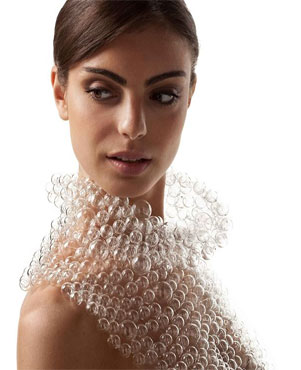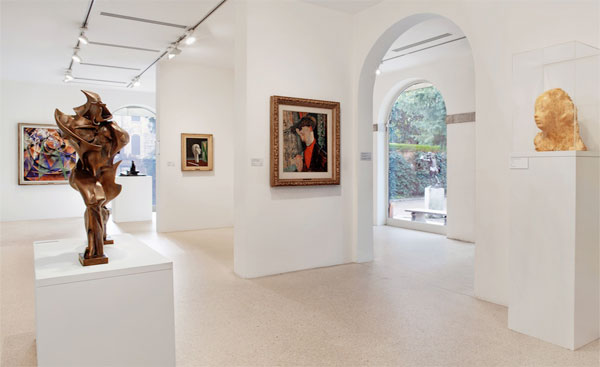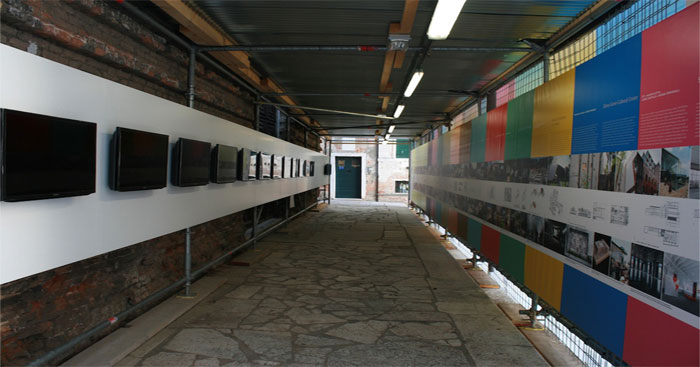When Venice was an island of wooden structures in the thirteenth century, glassmakers were confined to the neighboring island of Murano. Because of the threat of fire, it was too dangerous to allow them to remain in Venice. The foundries moved in 1291, all the better to isolate the craft and the artisans that revolutionized the alchemy of silica and heat. Susanna and Marina Sent grew up on Murano. Their personal glassmaking lineage reaches back three generations. They came to glassmaking …
Venice
A Guided Tour of Contemporary Venice Part II
You can see part one of this guided tour if you'd like to read it first. This begins part two of the exploration of Venice, a two-part series written by JoAnn Locktov and originally published on Architects and Artisans. Here's a preview of the piece: It was Mariano Fortuny sitting with his band of intellectuals in the late 19th century who dreamed up the concept of Biennale. The purpose was to gather and exhibit the most important contemporary art of his time. The tradition of Biennale, …
A Guided Tour of Contemporary Venice Part I
This is the first in a two-part series dubbed "A Guided Tour of Contemporary Venice" by JoAnn Locktov that was originally published on Architects + Artisans. When you think of architecture in Venice, your mind invariably goes to the grand structures of historical importance. These include the buildings of Palladio and Sansovino, and the Byzantine, Gothic and Renaissance edifices that have favored Venice with allure and significance. Cristina Gregorin perceives …
In Venice Culture Under Construction
This article In Venice Culture Under Construction written by JoAnn Locktov focuses on both the Church of San Lorenzo in Venice and Mexico's 2012 Biennale exhibit and how this will restore the church back to its Renaissance splendor. It was originally published in Architects + Artisans Here is a taste of the piece: The former Church of San Lorenzo in Venice – it was deconsecrated more than a century ago – sits abandoned on the eastern edge of its namesake campo. Large fissures run …
Fortuny, a Name Synonymous with Venice
Born in Spain, raised in Paris, Mariano Fortuny moved to Venice in 1889, a young man of eighteen. There, he elevated the minor arti decorative to the status of fine art. A "furious Wagnerian", Fortuny was mesmerized by the emergent technology of the late 19th century. He added to it by inventing his own theatrical lighting and photographic paper. He designed and built stage sets, created fabrics and fashion. Fortuny sought inspiration from Carpaccio and Bellini, in order to infuse his Venetian …




